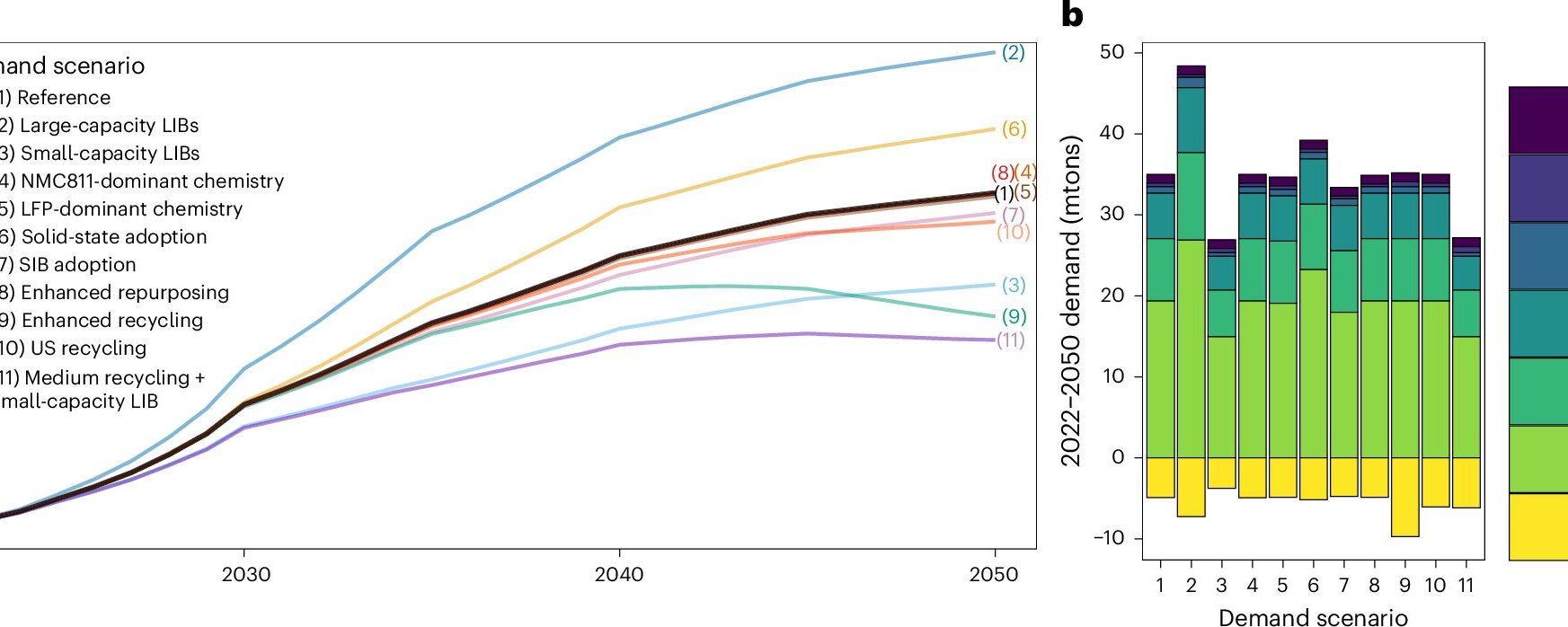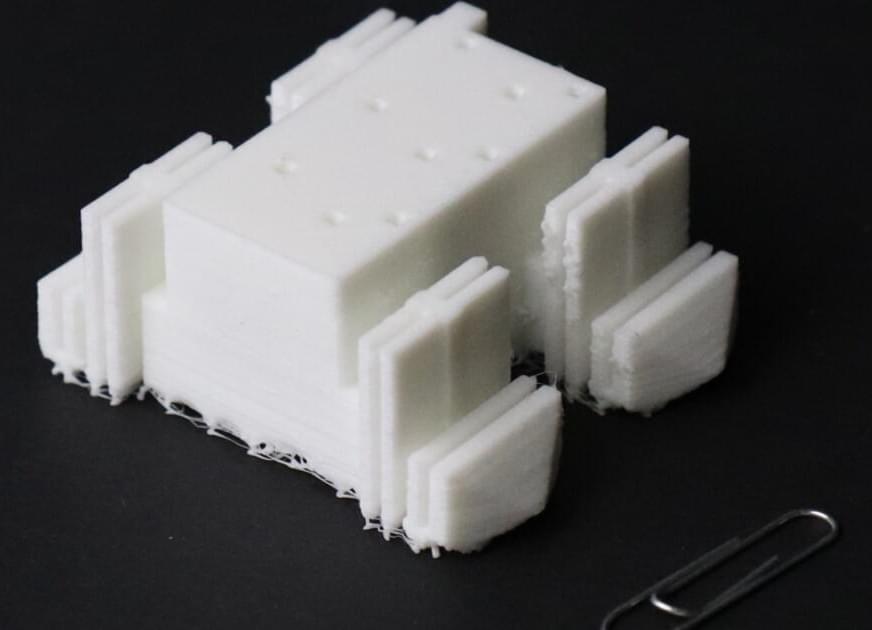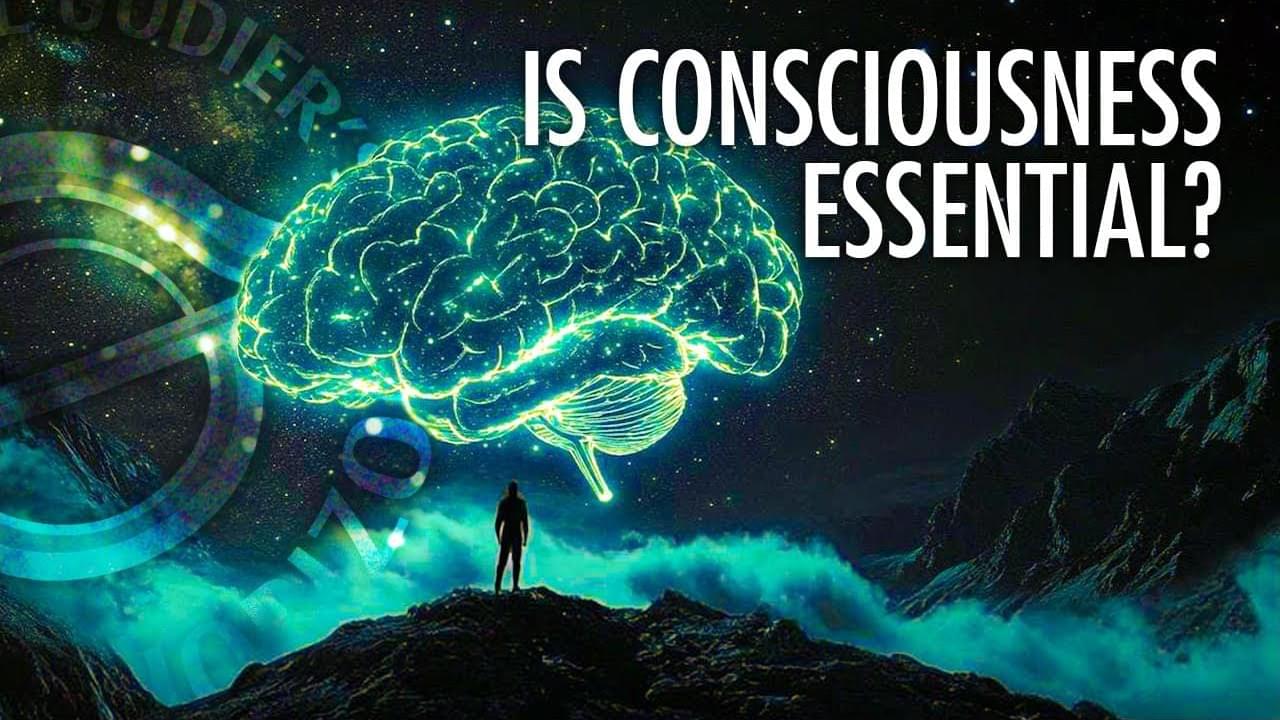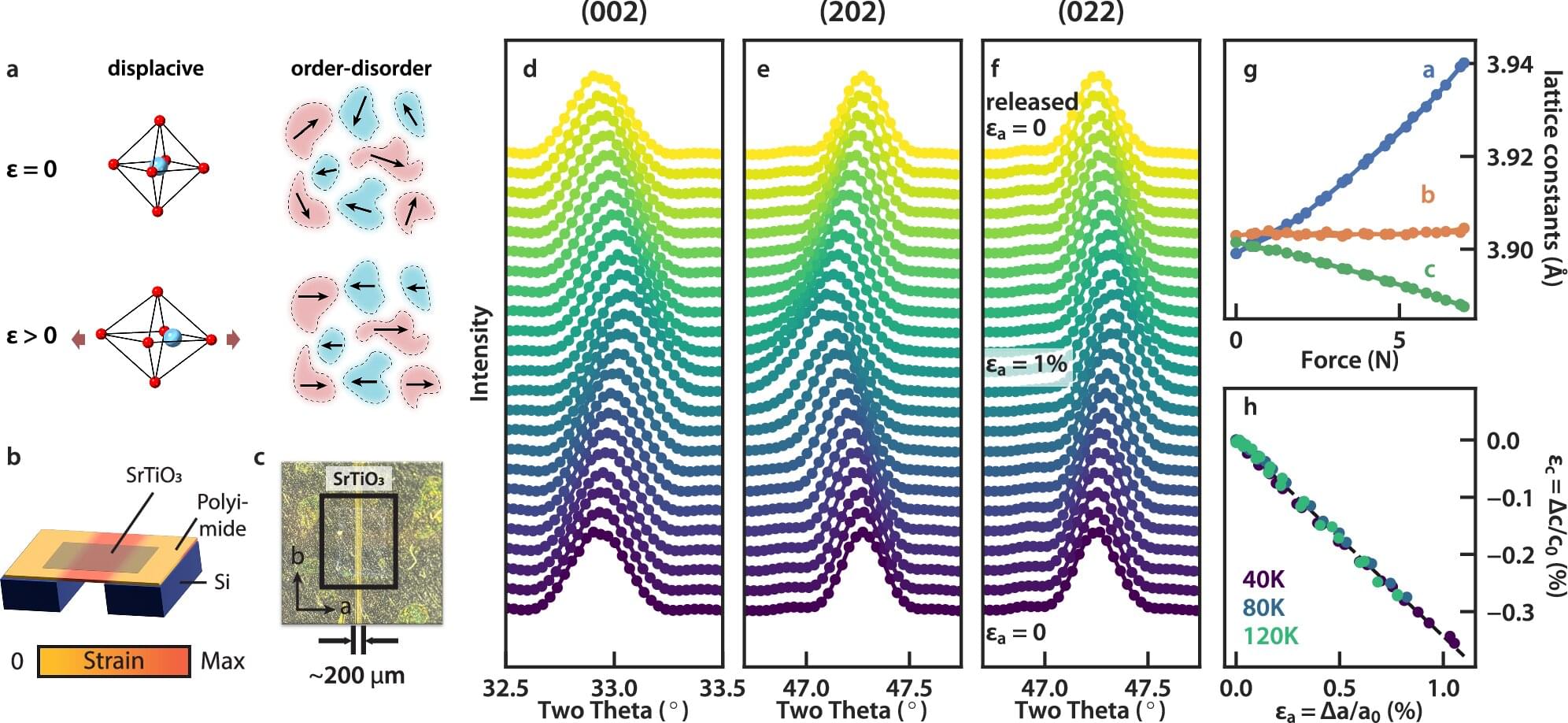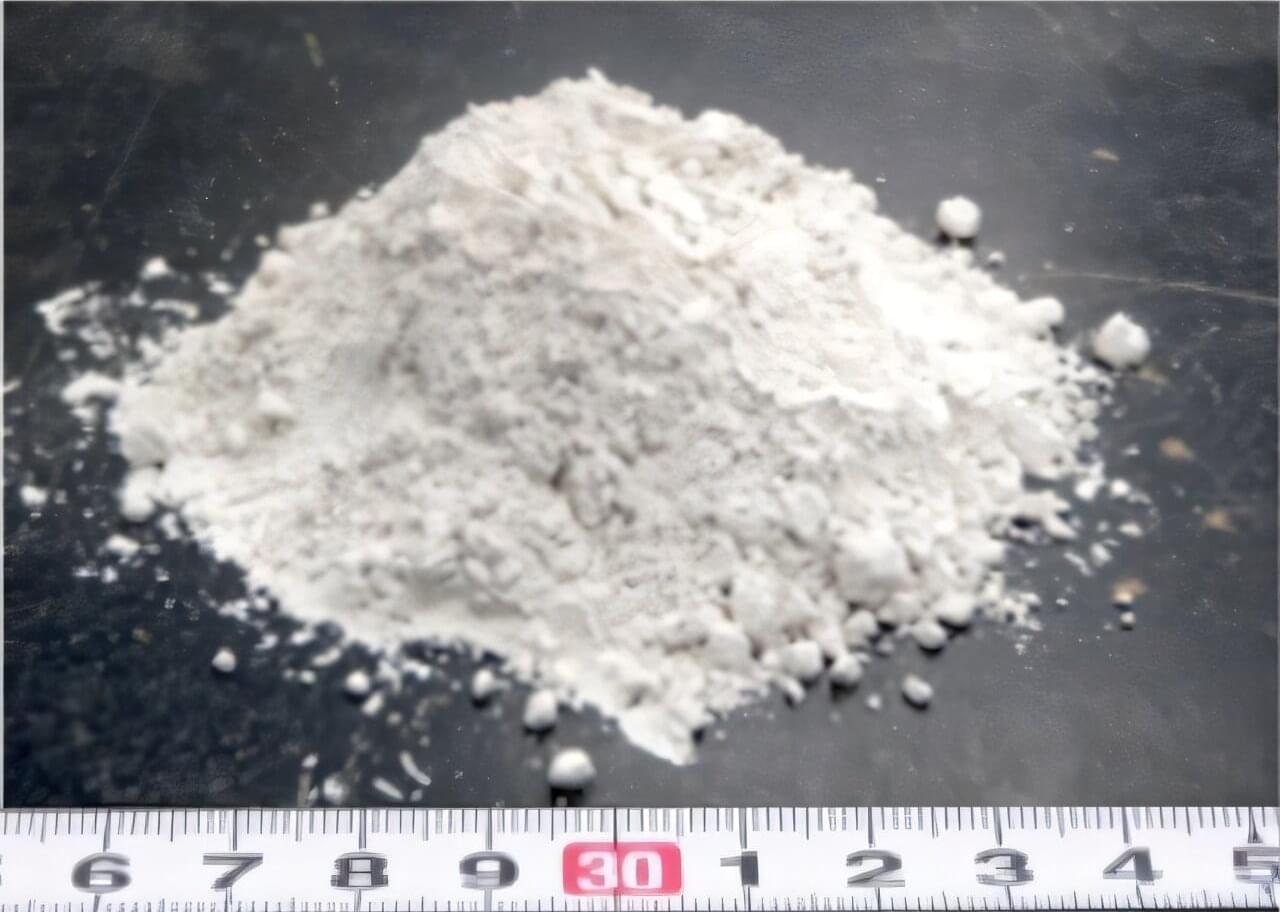Lightweight, powerful lithium-ion batteries are crucial for the transition to electric vehicles, and global demand for lithium is set to grow rapidly over the next 25 years. A new analysis from the University of California, Davis, published May 29 in Nature Sustainability, looks at how new mining operations and battery recycling could meet that demand. Recycling could play a big role in easing supply constraints, the researchers found.
“Batteries are an enormous new source of demand for lithium,” said Alissa Kendall, the Ray B. Krone endowed professor of Environmental Engineering at UC Davis and senior author on the paper.
Lithium is a relatively common mineral and up to about 10 years ago demand was relatively small and steady, with a small number of mines providing the world’s supply, Kendall said. Global demand for lithium has risen dramatically—by 30% between 2022 and 2023 alone—as adoption of electric vehicles continues.
